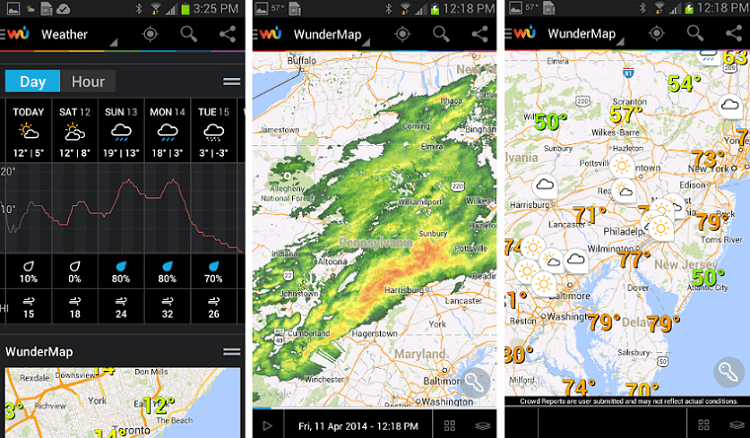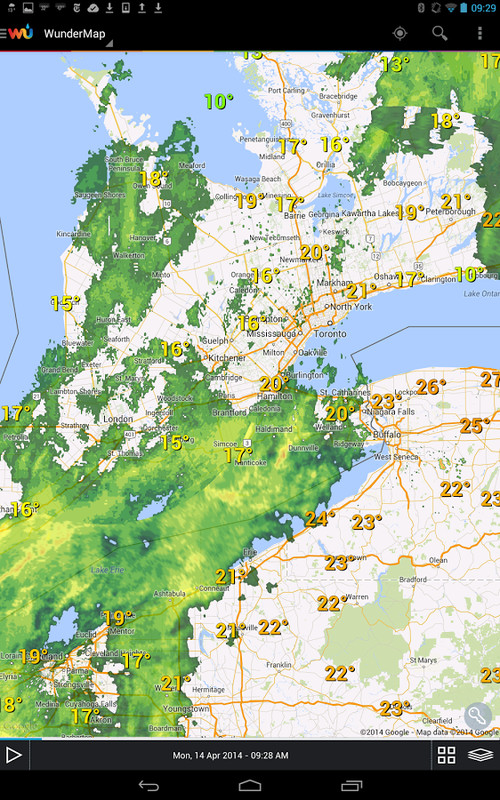

The researchers hypothesise they likely spread out to form an assortment of structures gradually, leaving a trail of mountains and blobs. Or, they could have begun with tectonic plates slipping down into Earth's mantle and sinking to the core-mantle boundary. If you want a sense of just how humongous this is, the world's tallest peak - Mount Everest - stands 8.8 kilometres tall.Īs for how these ancient formations came to be, experts suspect that they were created when oceanic crusts were forced into Earth's interior.

This material's thickness ranged from a few to tens of kilometres, while the underground mountains' heights sometimes reached 38 kilometres. The analysis of thousands of seismic recordings from Antarctica using a high-definition imaging method revealed thin anomalous zones of material at the core-mantle boundary everywhere the researchers probed, said ASU geophysicist Edward Garnero. Their detection was only made possible after earthquakes and atomic explosions generated enough seismic data to help scientists spot them. And we now know that some of these monstrosities are over 3-4 times as high as Mt Everest!Ī team of seismologists from Arizona State University have discovered startlingly massive mountain-like structures sandwiched between the planet's core and mantle, approximately 2,900 kilometres within the Earth.ĭubbed ultra-low velocity zones or ULVZs, these mysterious underground mountain ranges have managed to escape humanity until now. Scientists found mountains - mountains that can never be scaled and have never seen the light of day - hidden deep inside the Earth a few years ago. But a recent study has the scientific community abuzz with news that can reshape our perception of the planet's geological processes. Our understanding of what lies beneath the Earth's surface is mostly restricted to the stuff printed in our school textbooks: a solid inner core, a mantle, and the crust.


 0 kommentar(er)
0 kommentar(er)
